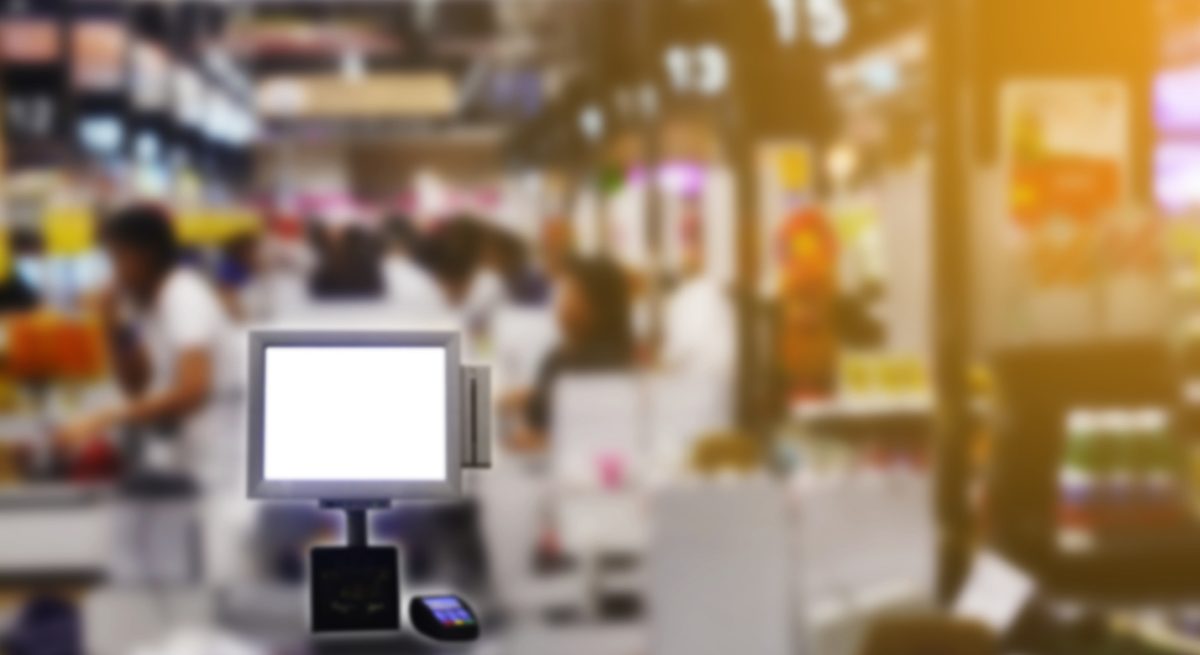The New Normal: How Technology Can Help Streamline Restaurant Operations
4 Min Read By Andrey Podgornov
Last year, during the peak of the COVID-19 pandemic, restaurants went through some unwanted but necessary changes. As a precaution, dining areas were closed and at one point, even eating al fresco was prohibited in certain areas.
Fast forward a year later and the economy is recovering, albeit at a slow pace. However, in the process of resuming and continuing restaurant operations, operators need to take steps to lower the risk of infection among employees and customers and prevent the spread of COVID-19.
A growing number of restaurants are embracing technology to run their operations and prepare themselves for the challenges of the ‘new normal.. Innovation is needed in several areas, including:
- Staff management
- Kitchen operations
- Dining room procedures
- Reservation processing
- Food safety and restaurant cleanliness
Staff Management
According to the 2021 State of the Restaurant Industry Mid-Year Update, more than 3 in 4 restaurant operators struggle with recruitment and retention, despite an increase in employment.
Using technology to streamline workflows is one solution to this problem. Employees can better understand their tasks and responsibilities with structured restaurant operations. Moreover, by eliminating unnecessary tasks, staff can focus more on the quality of their work.
Technology also helps bridge communication between restaurant management and staff. Having a retail management tool with a mobile application, for instance, reduces the need for wait staff to move around when communicating with each other. Managers can also assign tasks more quickly through the system, allowing frontline staff to immediately take action.
Kitchen Operations
Organizing and preparing dishes does not come easy—there is a lot of data and information tracking involved to make sure the correct dish is served to the right person. Similarly, restaurant visitors expect their food to be of a consistent quality every time they visit.
To cater to these situations, restaurants should have a digitized checklist or a recipe management software tool. Digital checklists boost efficiency and accuracy, eliminating confusion among chefs, cooking assistants, and servers. Recipe management software, on the other hand, standardizes menu items and monitors dish costs. Both of these technological advancements are instrumental in ensuring excellent customer service and reducing food waste.
As far as food waste is concerned, manual inventory monitoring is usually one of the main culprits. Erroneous data can lead to either shortage or excess. Inventory shortage limits the restaurant’s earning potential, and excess stocks or inventory are wasted. Different inventory platforms exist to prevent this, and some have forecasting mechanisms while others are simpler, providing timely alerts when supplies run low.
Dining Room Procedures
Diners have always placed a high priority on fast service and food safety, but since the COVID-19 crisis, these factors have garnered even more prominence.
The dining room operations are more manageable to streamline than those in the kitchen, but there’s a need to level up the existing procedures to accommodate the customers.
The use of technology is needed to serve diners better, give them peace of mind, and let them enjoy their meals.
Restaurants should consider electronic menus to prevent the spread of viruses. In addition, operators can use a digital system to take orders instead of writing them down. Not only is it more hygienic, but it also significantly increases service quality and speed.
To end the dining experience on a happy (and safe) note, customers should be able to make payments using their smartphones or other contactless payment methods, such as tap-and-pay cards. It’s a critical factor to keep in mind since 34 percent of restaurant guests say paying with contactless/mobile is extremely important to them these days.
Reservation Processing
Keeping track of reservations has always proven to be an uphill task for restaurant operators. \However, Now that COVID-19 protocols are in place, it has become even more difficult. Operators need to avoid overbooking to follow the health regulations and prevent under booking to meet their target profits. Relying on reservation technology can help organize the process. In addition, advanced systems allow restaurants to take vital customer information such as their contact numbers, birthdays, and so on, which can be used for marketing.
Another benefit of restaurant technology is to send reservation updates, so restaurants can maximize their availability despite observing proper distancing and operating with limited capacity.
Food Safety and Restaurant Cleanliness
Restaurants are very particular when it comes to cleanliness—from the front of house to the back of house setting. The pandemic has only amplified this behavior. A lot of people handle food before it’s given to customers. Therefore, the first step is to educate all staff members about food safety and restaurant cleanliness, not just the cleaning personnel.
Through a retail management solution, employee surveys can be generated based on current restaurant protocols. These surveys can be used to assess employee knowledge of existing procedures.
Restaurant managers can observe the employee’s performance and provide positive or negative feedback. Moreover, they can also set automated task allocation and task reminders to ensure everyone contributes to keeping the food safe and the restaurant clean.
Last but not least, creating digital checklists for the cleaning tools and the staff will streamline the process—because when it comes to food safety and restaurant cleanliness, training should not be a one-off affair. Everyone should follow the proper procedure every day, not just during training sessions.
Overall Operations
Restaurant operators who have yet to integrate technology into different aspects of their operations should conduct an audit.
Through operational auditing, it’s easier to find the bottlenecks in areas such as staff management, kitchen operations, dining room procedures, reservation processing, food safety, and restaurant cleanliness. It will give operators a sense of where they lag and what technology they need.
Furthermore, audits provide reliable, real-time analytics—the generated insights go beyond checking whether all employees are following the procedures.
It is equally important to analyze the results of inspections, draw conclusions about effective and ineffective processes, and devise ways to improve such processes.
Currently, the spread of Delta variants is again threatening to decrease restaurant visits. As a result, restaurant operators need agile solutions to ensure guest safety without compromising efficiency and face more permanent changes in the industry.


